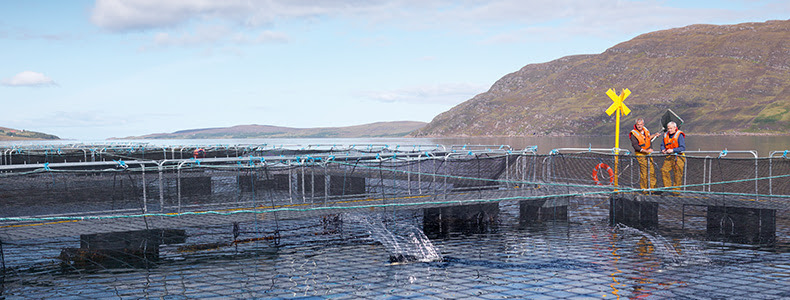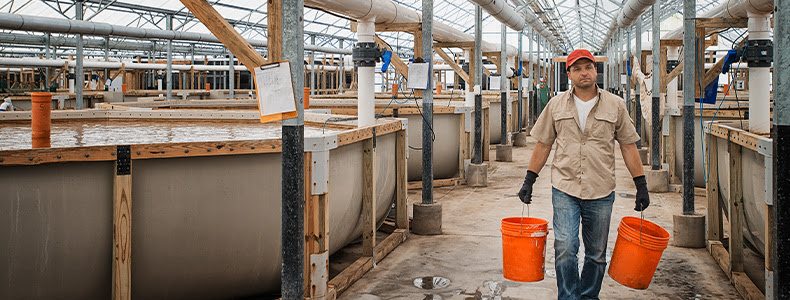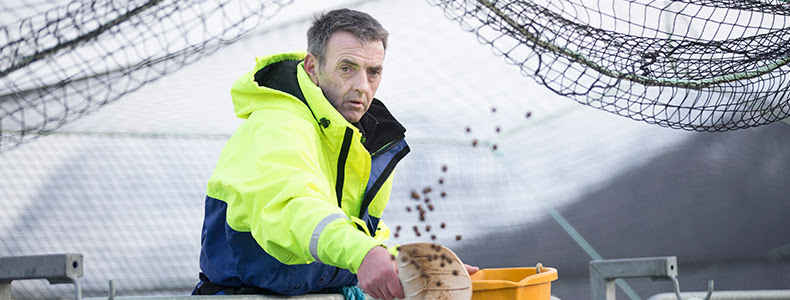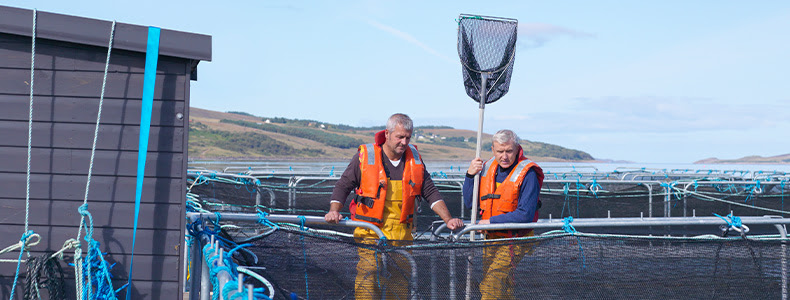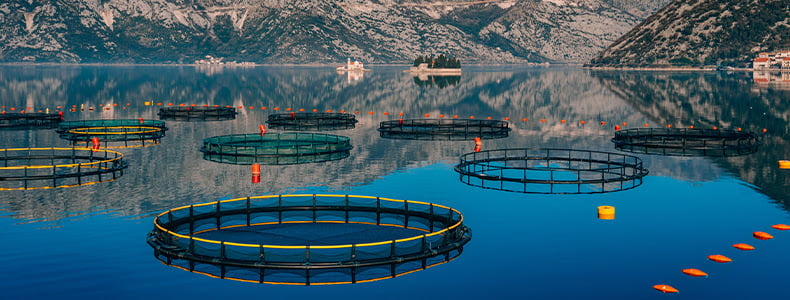Yet Newfoundland may represent the region’s biggest opportunity. Hopes centre on Marystown, a city of about 5300 residents nestled at the edge of Placentia Bay, atop the island’s Burin Peninsula. The city is a 300-kilometre drive from the province’s financial and government capital, St. John’s.
Marystown once hosted a busy shipyard and fish plant. It is now shuttered—a casualty of cod’s collapse. But the town’s prospects have grown since Grieg Seafood launched a $250 million aquaculture project in the area.
The Grieg project is slated to include a hatchery and production facilities. It is expected to include 72 cages across 11 sites in the area, and produce 33,000 tonnes of salmon.12 Grieg expects to harvest its first salmon in 2022 or 2023. Industry insiders predict the project will spur the economy throughout the peninsula as related companies rise to meet the demand up and down the supply chain.
Many international companies scoping out Marystown specialize in equipment and supply—from barges to vaccination to robotics. They often feature an innovative bent and are small or mid-sized. Whether they manufacture underwater camera or robotics or provide equipment to factories, they are discovering that aquaculture companies in the region share their appetite for innovative solutions.
